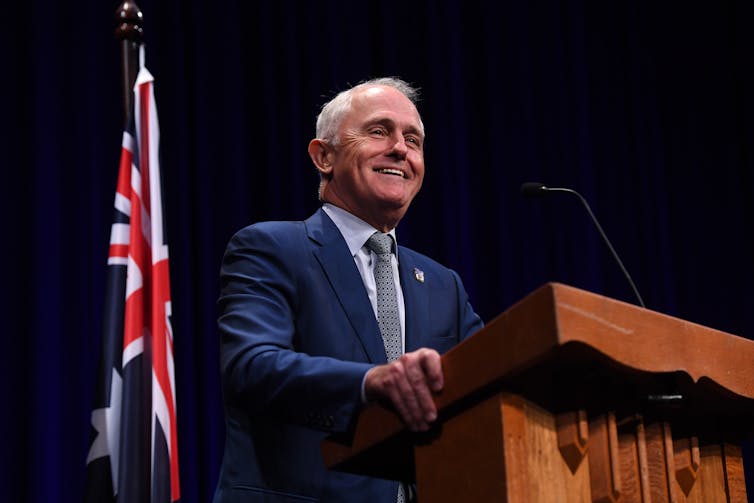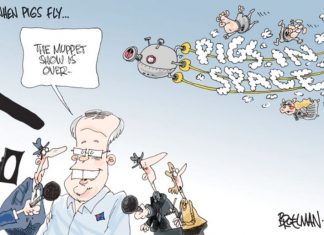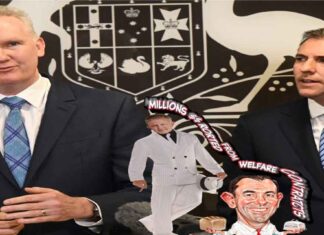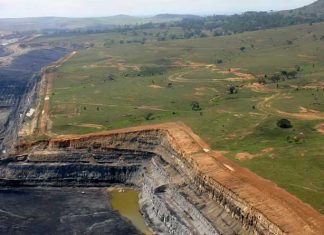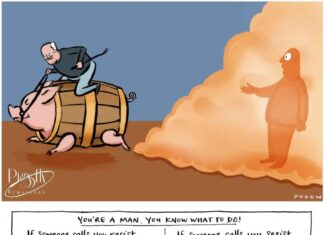Political donations
Approximately $15 million in donations was disclosed by donors, a small proportion of parties’ total funding.
The Liberal Party received $95 million in funding across its eight separate divisions, which includes donations and other receipts such as investment returns and rent.
The ALP received funding of $71 million, the Nationals $12 million and the Greens $16 million.
The political reporting scheme does not require multiple donations to different entities of the same party to be disclosed, meaning the source of millions in political funding remains unknown.
The Complete Idiot’s Guide to Using the Pigsfly News Helper Dashboard
This guide is a simplified, user-friendly walkthrough of how to effectively use the Pigsfly News Helper Dashboard for managing projects like Project2-Ergon. It covers...
The Japanese art of kintsugi and how it can help with...
The Japanese art of kintsugi and how it can help with defeat in sport
Image courtesy of Lakeside Pottery Studio www.lakesidepottery.com.
Kintsugi: don’t dwell on something...
Morrison government battles national integrity commission
View from The Hill: Day One of minority government sees battle over national integrity commission
Michelle Grattan, University of Canberra
Whatever it does, the Morrison government...
The Australian companies you didn’t know were owned by the big...
Everyone knows Australia’s big four banks are huge, accounting as they do for almost one quarter of the value of all the companies on...
Millions skimmed off government welfare contracts
Outsourced employment service providers are funnelling millions of dollars in government funding earmarked for people on welfare through their own companies, related entities and...
Infographic: here’s exactly what Adani’s Carmichael mine means for Queensland
Infographic: here's exactly what Adani's Carmichael mine means for Queensland
A waterhole in the Great Artesian Basin in the area of the proposed Carmichael mine.
Flickr/Stop...
Shorten’s victory will bring dangerous counter strikes from a desperate government
View from the Hill: Shorten's victory will bring dangerous counter strikes from a desperate government
Michelle Grattan, University of Canberra
An extraordinary amount of hype and...
Albo is Taking stock
Rachel Withers writes in The MonthlyIt was another big day for cleaning up the mess left behind, as the Albanese government continues to...
The Coalition says the silliest things about economic management
Riddle me this:
if “free market” politicians think that the role of governments is to get out of the way,
then what do they do all...
The professional classes make billion-dollar tax rorts possible
“The key lesson from WA Inc was that the shonks, crooks, spivs and conmen only really thrive with the assistance of the professional classes –...



